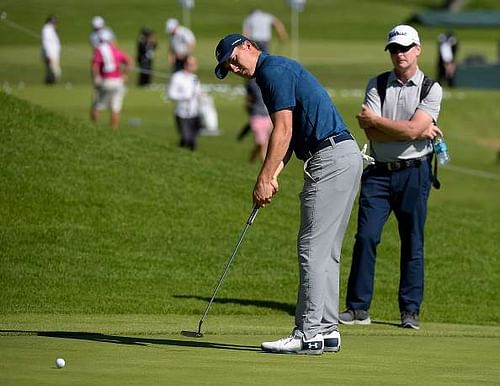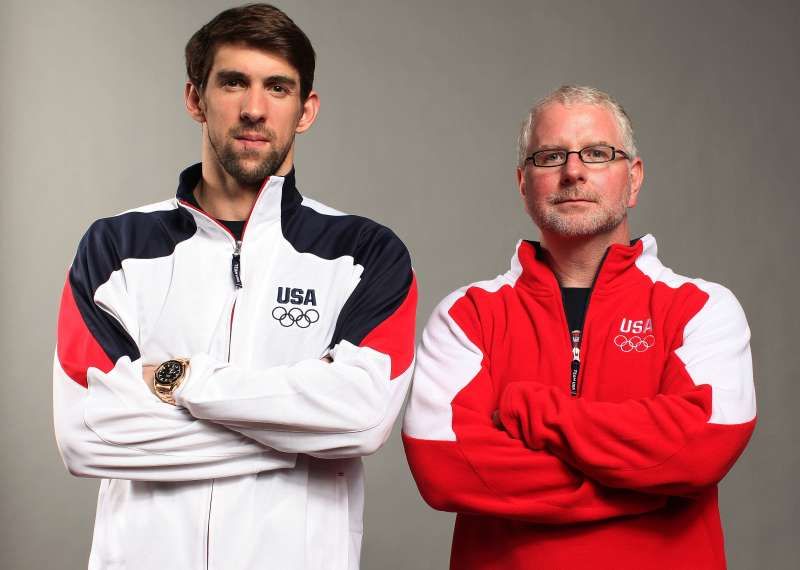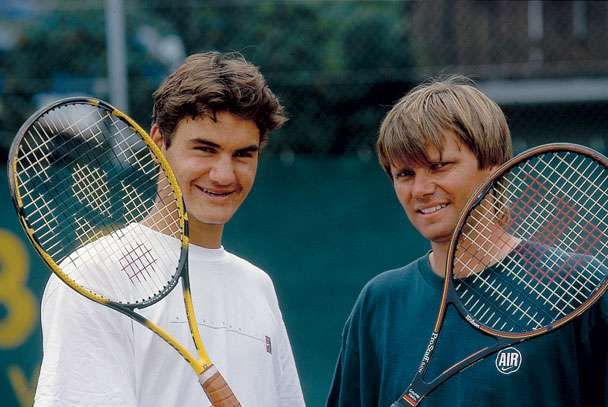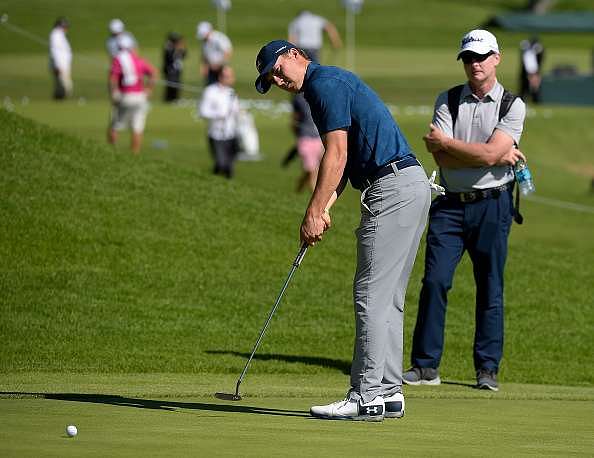
Player-Coach Rapport
“Coaching is about realising an athlete’s potential to maximise their own performance. It is helping them to learn rather than teaching them.” - Anonymous
It is a rarity, especially in today’s day and age for a champion to succeed without capable support staff. Of these, the role of a technical coach is arguably the most important in shaping an athlete’s career.
In my previous article, I touched upon the qualities of a champion. A champion athlete and their instructor are flip sides of the same coin that go together. It is a rapport that transcends the playing arena. Let us delve further into this distinctive relationship.
As a continuation of my previous article, Mr. Vijay Divecha, one of India’s most renowned golf instructors who has recently been nominated for the prestigious Dronacharya Award, shares his insights into the qualities that he tries to inculcate in his students. I have taken the liberty of illustrating some examples to better understand each point.
#1 Develop skill-sets so that they learn what they don't know but more importantly make them into good learners
Very often in a lesson with Vijay sir, if I was struggling with a certain aspect of my swing or game, he would never give ready-made answers. He would explain the overall concept and provide a few hints, thus enabling the student (me) to apply her mind to finding the eventual solution. This kind of assisted learning has made me a more independent golfer, and I now have a better understanding of not only the game but my own tendencies as well.
#2 Practice doesn’t necessarily make perfect – learning to practice in a way that leads to long-term learning and deep learning is an important factor
Let’s assume we analyse two athletes – we’ll call them ‘A’ and ‘B’.
Athlete ‘A’ spends about six-eight hours per day trying to better her technique through repetitive movements that build muscle memory.She has no real plan, but is prepared to toil for long hours and develop her technique.She is undoubtedly a hard worker.
Athlete ‘B’ spends half the amount of time – three hours per day of focused practice trying to better her technique, while replicating tournament situations, and engaging in certain games or drills. Each practice session has a focused outcome. She is a smart worker.
Which athlete do you think will perform better? It is not necessary that athlete ‘A’ performs better because of the number of hours being put in. Practicing smart, rather than practicing hardwithout an aim,is a more effective way of improving tournament performance. An ideal situation would be to have a combination of both these routines. This is where an experienced coach can help an athlete chalk out an effective practice schedule.
#3 Show them the next level and enable them to replicate it in competitive situations
Stagnation is the worst enemy of an athlete. Being able to constantly raise the bar and improve their standard no matter how good anyone gets is the difference between a good athlete and a great one. A well thought out plan, executed by perseverance can yield positive results. This is perfectly illustrated by Bob Bowman, childhood coach of Michael Phelps, in his book The Golden Rules: 10 Steps to World Class Excellence.
This incident took place when Phelps was eleven years old. Bowman spotted an error in his pupil’s butterfly stroke that had to do with the timing of when he took his breath. What followed was a routine that involved constant repetition of the right technique from Bob; this accurate technique required for the stroke would save Phelps a lot of time in a race.
It took four long years of hard work from both coach and student that finally paved the way for success. By the time Phelps was 15, he had set the world record in the 200-metre butterfly event.
#4 Provide perspective which helps in enhancing the growth mind-set
Dr. Carol Dweck, professor of psychology at Stanford University has spent of lot of time researching the concept of fixed versus growth mind-set and how it affects individual behaviour.
A fixed mind-set is one in which an athlete feels that they are born with certain aptitudes and abilities, which directly affect their performance and that these cannot be improved upon. This approach is unfavourable to the overall growth of the athlete as an individual.
A growth mind-set is one in which an athlete understands the value of having certain qualities and recognizes that these can be further developed through determination and perseverance. These athletes are not afraid to make mistakes, and occasionally fail, knowing fully well that the experience they take from these failures helps their long-term growth.
It is imperative that a coach tries to inculcate a growth mind-set in athletes from a young age.
#5 Provide guidance on developing good values and on becoming a good human being
“A coach’s success is measured not in the number of wins produced but in the number of winners produced” ~ Anonymous
One of my personal favourite sporting stories involves Australian tennis coach Peter Carter. Carter was Roger Federer’s coach from the age of nine to eighteen. He played a large part in shaping Federer’s game during his younger, more impressionable days. They shared a great relationship both on and off the court.
In August 2002, Carter and his wife were honeymooning in South Africa, a destination suggested by Federer himself. Unfortunately, his car met with a tragic accident and brought an ill-fated end to his life. A distraught Federer was beyond shattered. Until this point, he had a terrible temper issue on court. This incident triggered a change in his attitude towards tennis and life in general, and eventually brought about the modern day level-headed and composed Federer that we all know about.
Since then, every year Carter’s parents are hosted by Federer at the Australian Open in January. All their expenses including travel and accommodation are taken care of. They are given players box seats to all his matches, and are treated like his own parents. I am sure Peter Carter would be prouder of this gesture, than of any of Federer’s tournament wins. Such is the impact that coaches can have on their students.
These are just a few examples of the significance a technical coach has in shaping the career and future of a champion athlete. India has no dearth of home-grown success stories. Coaches like Ramakant Achrekar (Sachin Tendulkar), Pullela Gopichand (Saina Nehwal and PV Sindhu), Satpal Singh (Sushil Kumar), Gurbaksh Singh Sandhu (Vijender Singh) have created champions by hailing from within the Indian sporting system.
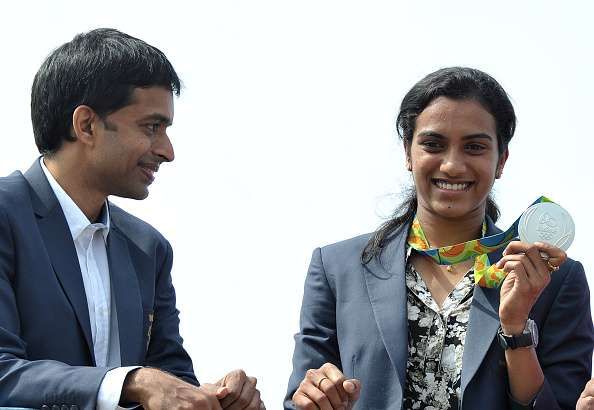
If India needs to seriously compete at the worldstage in the Olympics and the like, we need to have a strong system of technical coaching.
On that note, I would like to take this opportunity to thank all the coaches who have influenced my sporting days. Having played many sports from a young age, I can confidently say that sport is one of the greatest teachers of all time.
